Curation Guides
Information about how we decide which books to recommend

There are lots of things to consider when deciding if we want to include a book in our Out on the Shelves Resource, or recommend it on one of our curated booklists.
Just because a book features rainbow identities, or is written by a rainbow author doesn’t mean it fits within our kaupapa. We believe in representation that is positive and accuratly portrays our lived experiences.
We prioritise books that are written about authors own identities and voices, and do not fall into tropes such as “Bury your gays.”
When deciding which age category to place a book in, we do use the publishers recommendations along with our content readers suggestions. However, we understand that this is nuanced, and that many young people read books of a wide variety of genres and age categories.
YA is targeted towards teens, so the themes reflect the way teens experience and think about the world. This includes the language, the situations, and the overall feel of the story is going to be structured for a teenage audience.
YA novels are typically themed about an understanding of the self, where adult novels are more often preoccupied with a determination of the self and their different experiences as part of the greater world.
Category Guide
Books are generally categorised by publishers, and booksellers and libraries use genre categorisations to organise their books. It is a helpful way for readers to know what kind of story they will be getting when choosing a book.
Book genres are vast, and different publishing houses, library systems and booksellers can organise their collections slightly differently. Many books will also fit into more than one category.
In our system, we’re using 20 book categories. These include genres by type as well as by age. You can read more about each genre on the relevant curated booklist page.
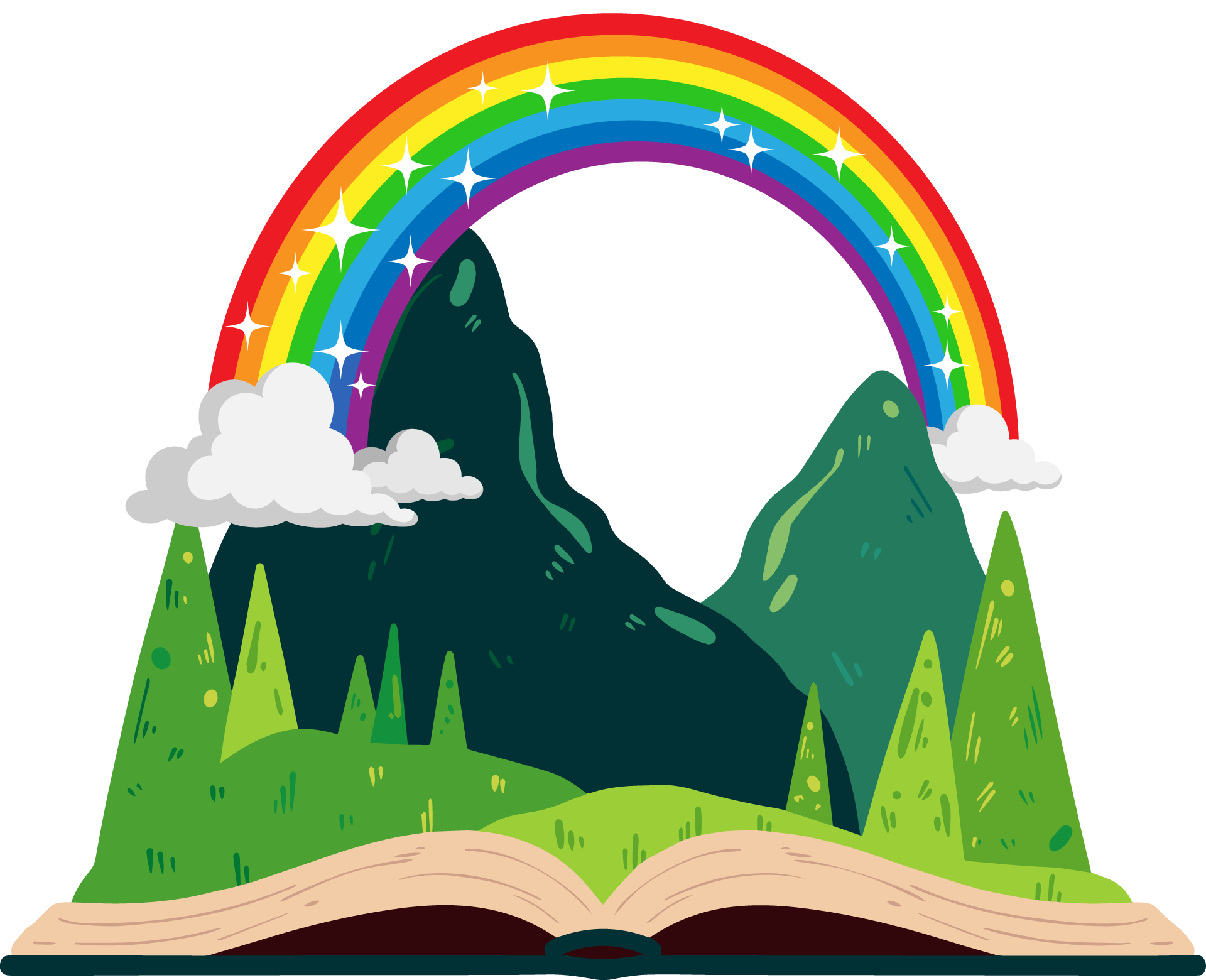
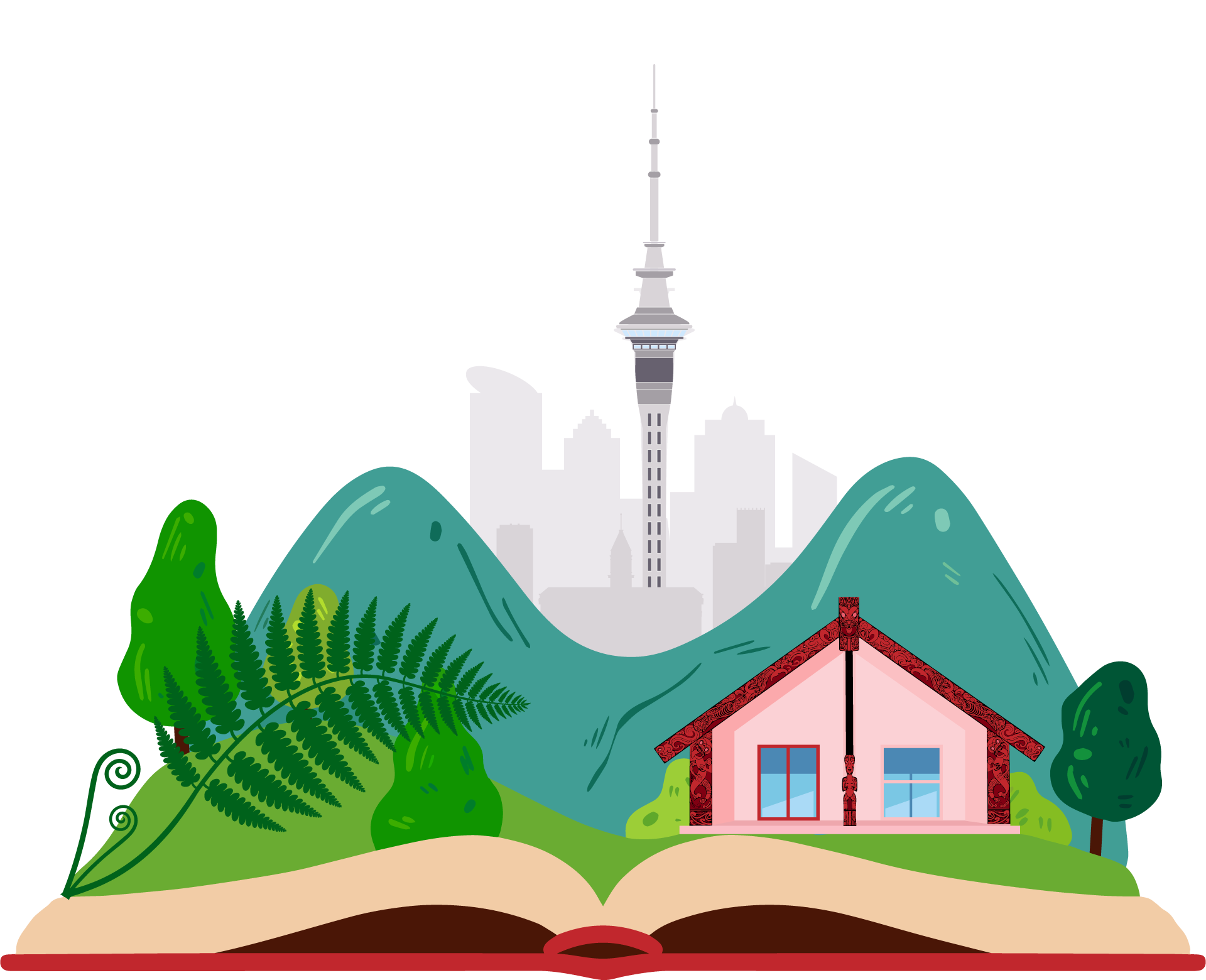
NZ Authors

Science Fiction
Current Book Categories
Adult
Autobiography
Childrens
Children’s Picture Book
Children’s Primary Book
Children’s Intermediate Book
Comics/Graphic Novels
Fantasy
Historical Fiction
Horror
Mystery
New Adult
Non-fiction
NZ Authors
Poetry
Romance
Series
Science Fiction
Short Stories
Young Adult
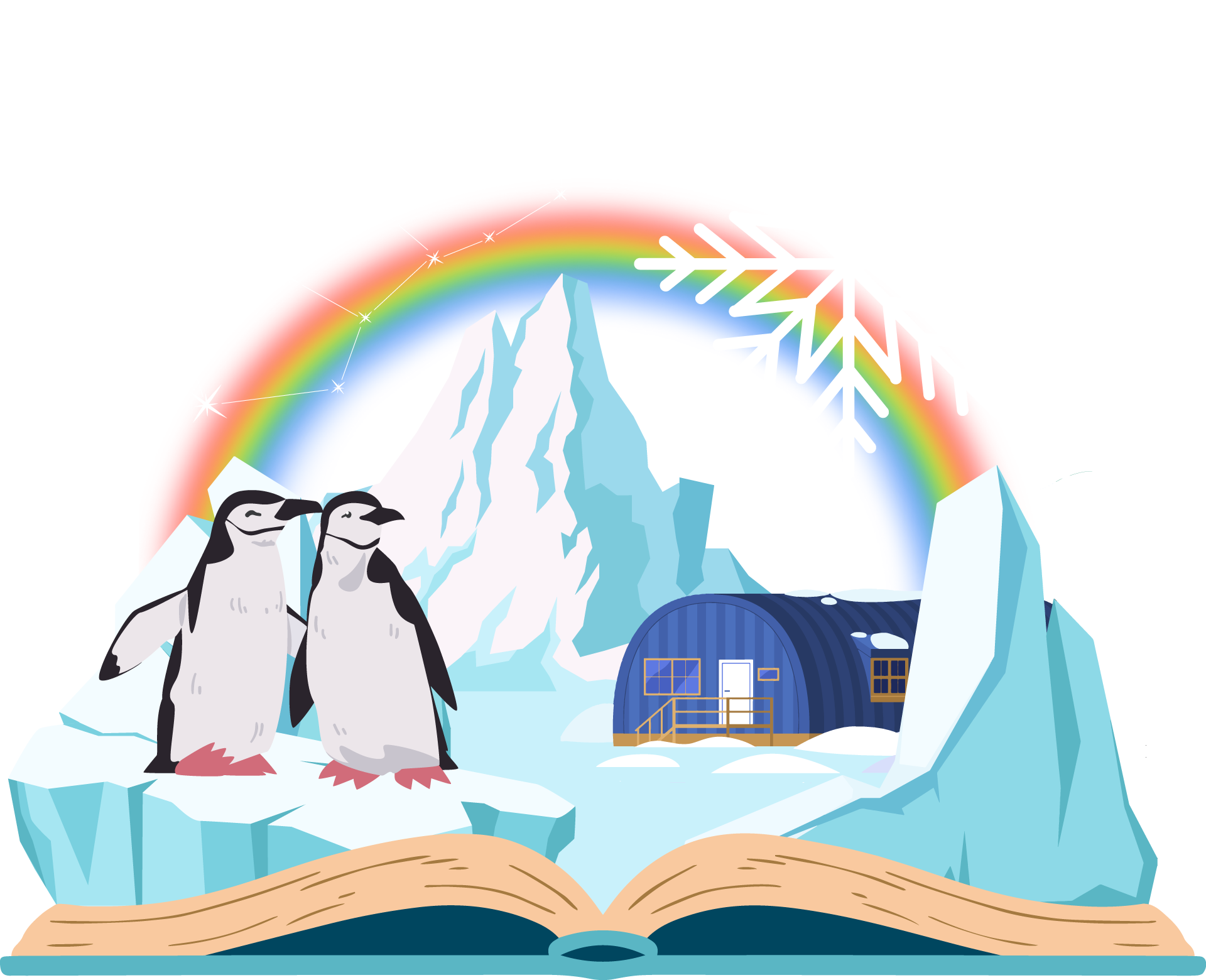
Non-Fiction
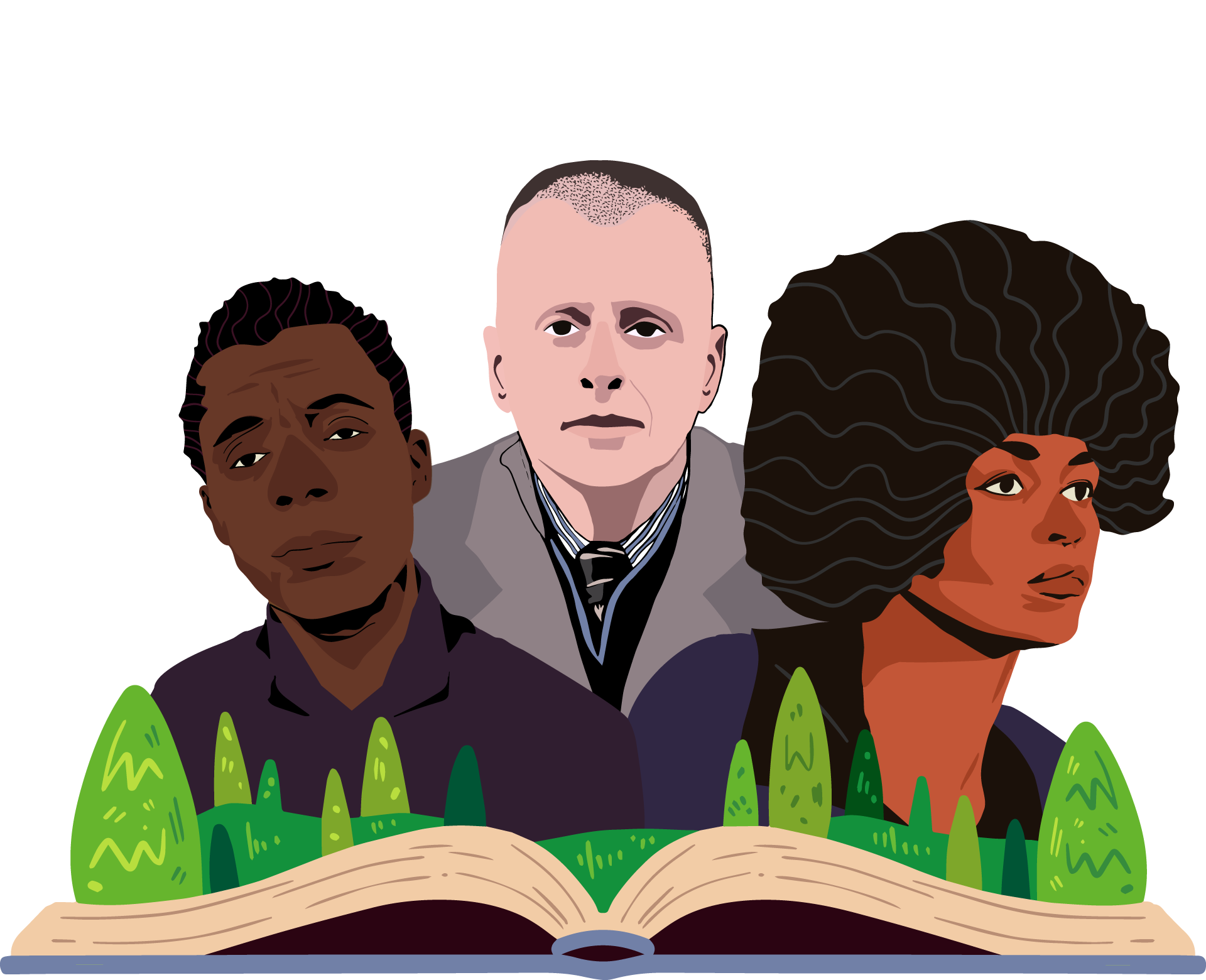
Autobiography

Representation Guide
A key aspect of the Out on the Shelves resource is that it allows rainbow young people to find stories that represent them. This means we need to include information on the rainbow identities represented within a title. This information isn’t always included in summaries or bibliographic information, which means that our volunteer content readers are vital in helping us gather this information.
A Note on Controlled Language and Self-Identification
Controlled language is a key tool used in any sort of catalogue, database or index. In order for users to be able to search the resource easily, the language we use to tag titles needs to be controlled and predictable, we need to keep terms broad, while still providing specificity that people need.
Self-identification and agency over the labels we use is really important in rainbow communities, however there is some tension between this and controlled vocabulary. In many cases, characters may not specify the identity label that they use, or might use a term that doesn’t line up with our controlled language.
Tagging a title with a certain “identity” doesn’t mean we’re telling that character (or person if non-fiction) what their identity is, it simply means that their story lines up with others in that category.
Our representation terms are ever evolving and we are regularly updating and adding to them. For more information on each term, please see the relevent curated booklist.
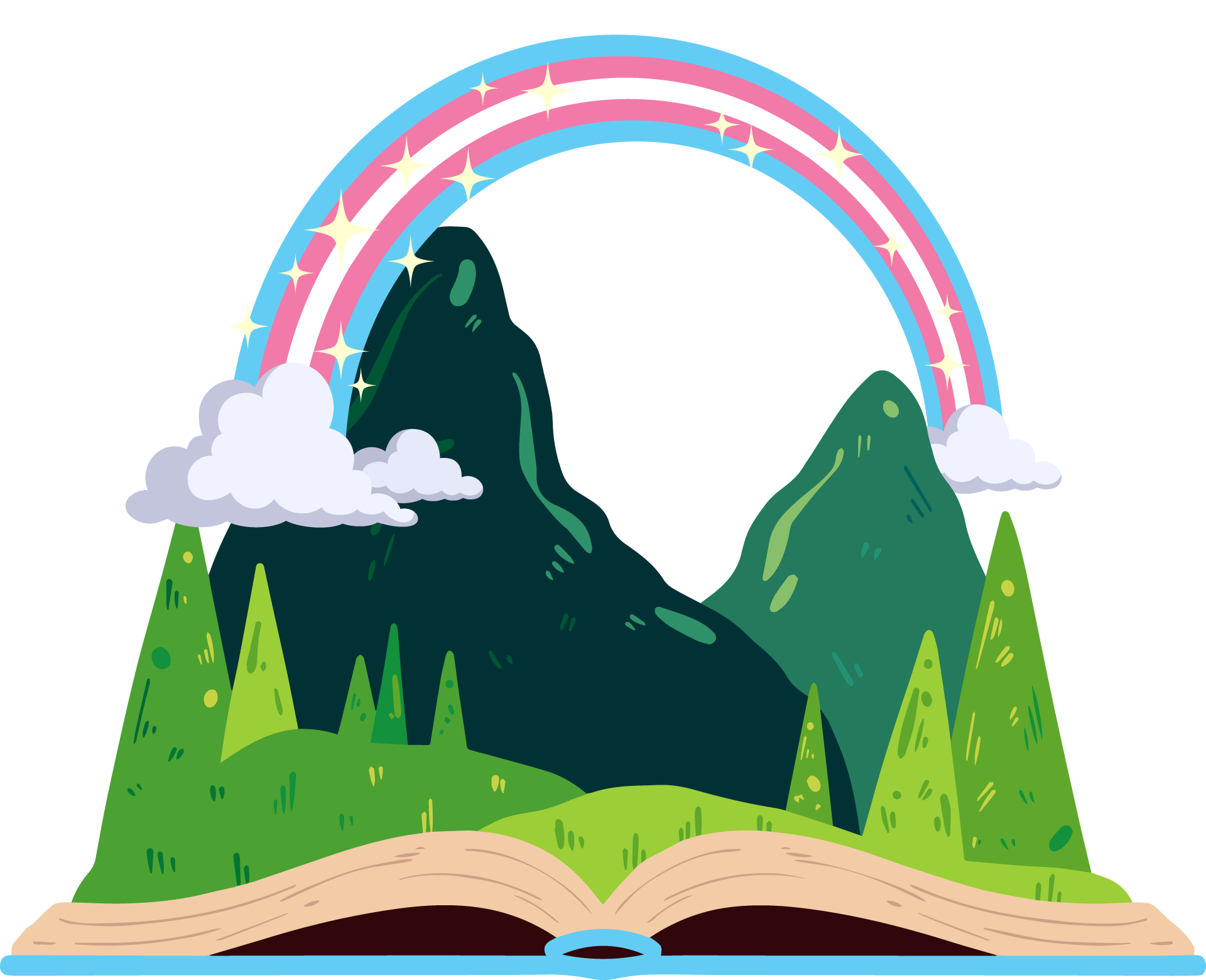
Transgender
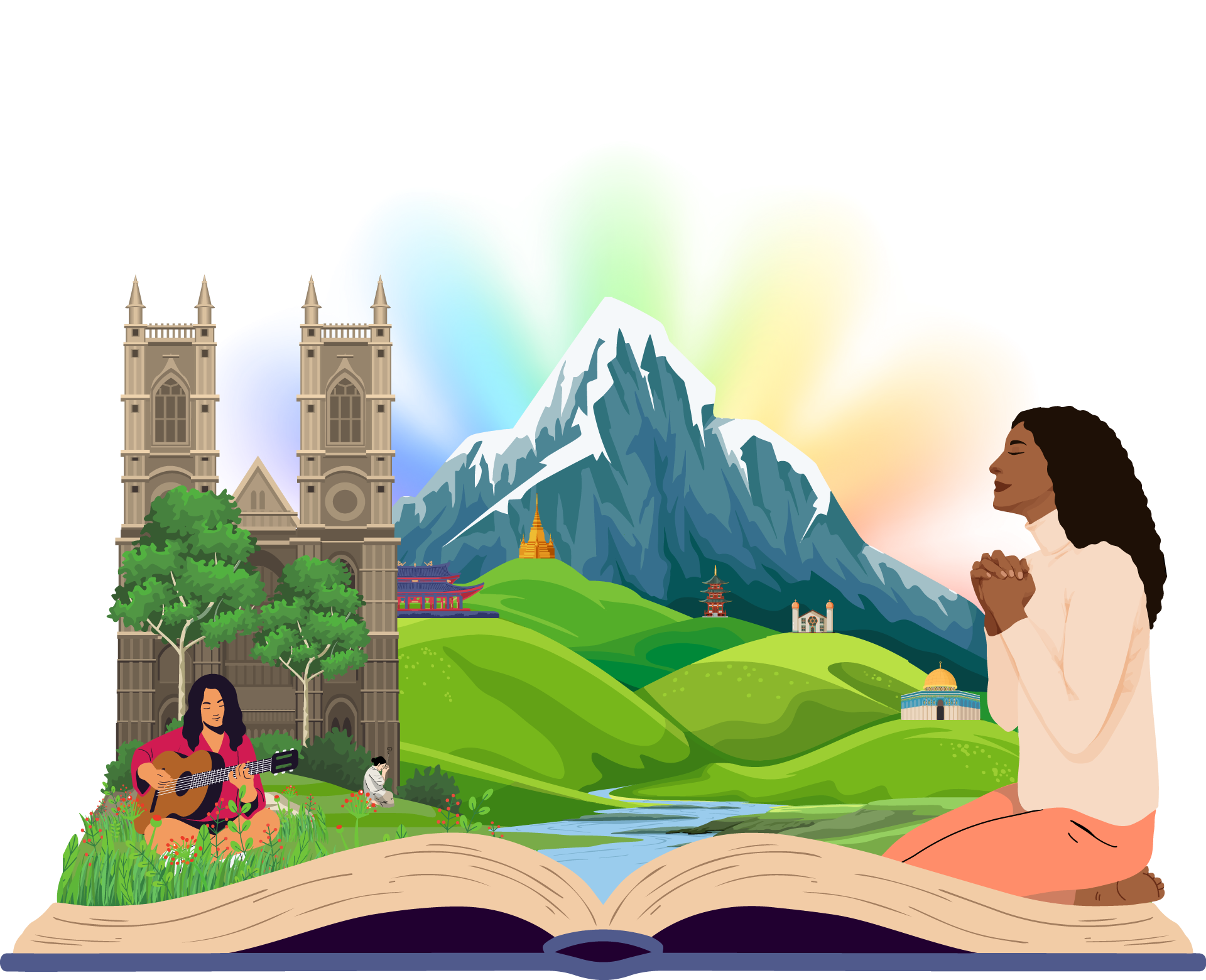
Rainbow & Faith
Current Representation Terms
Aromantic
Asexual
Bisexual
Diverse Gender Identities
Diverse Sexualities
Gay
Indigiqueer
Intersecting Identities
Intersex
Lesbian
Non-binary
Pacific (MVPFAFF+)
Pansexual
Rainbow & Faith
Takatāpui
Transgender
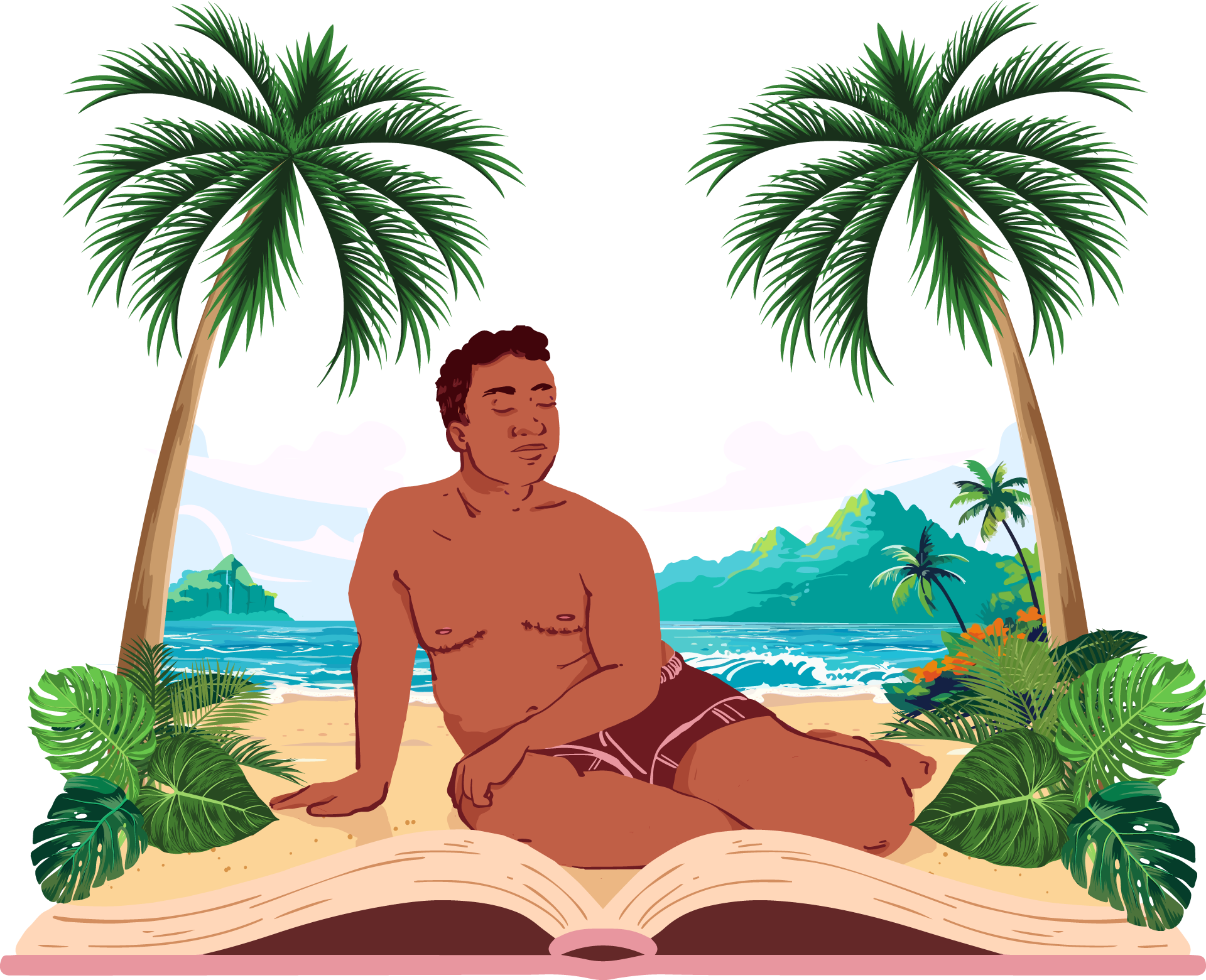
Pacific (MVPFFAF+)
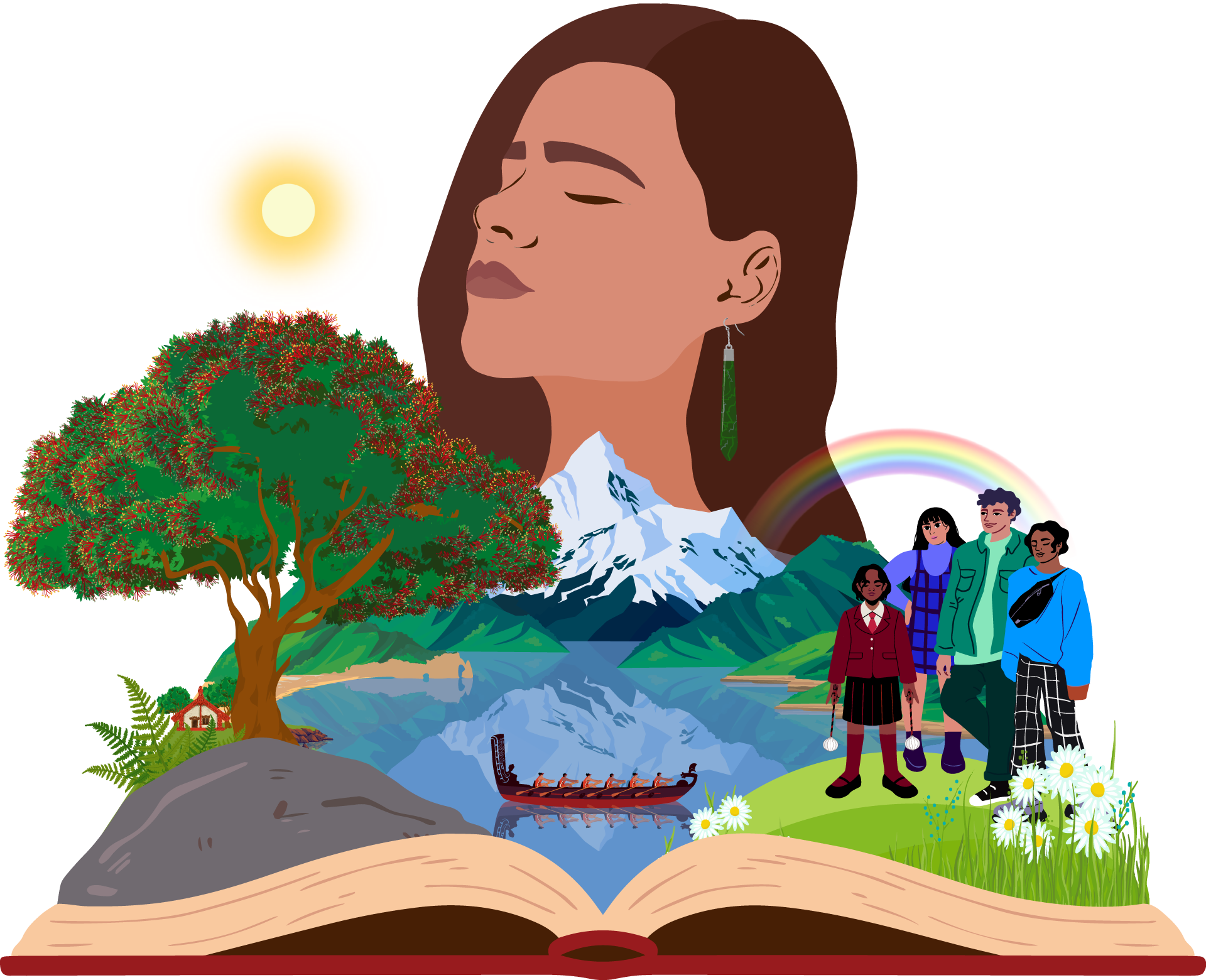
Takatāpui
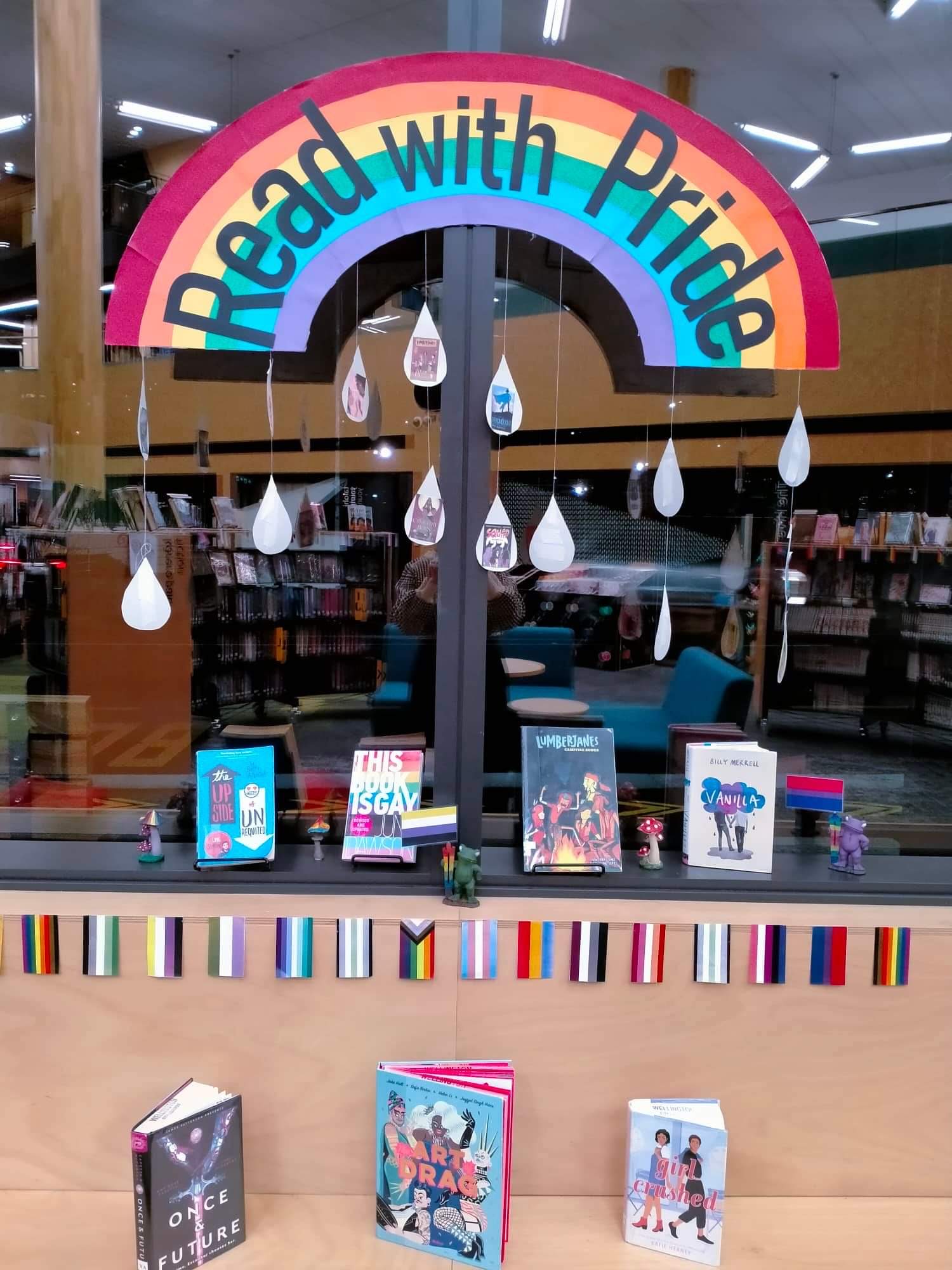
Content Warnings Guide
Content warnings provide information about the content in titles that may be difficult, challenging or distressing for readers, so they can prepare themselves to adequately engage or, if necessary, disengage for their own wellbeing – or even just because they don’t feel like reading it!
Generally speaking, individuals do not have control over what triggers them, but many have personal strategies they use to cope with triggers when they must be encountered. These warnings give people the forewarning necessary for them to make use of the strategies that will decrease the harmfulness of encountering triggering material.
Our use of content warnings is not intended to censure the books on our lists. Instead, we want to ensure that our readers are able to make educated decisions about the material they are reading, and to give them the power to prepare themselves for any material within the book that they might find difficult.
Even for readers who don’t have ‘triggers’, content warnings can be really helpful.
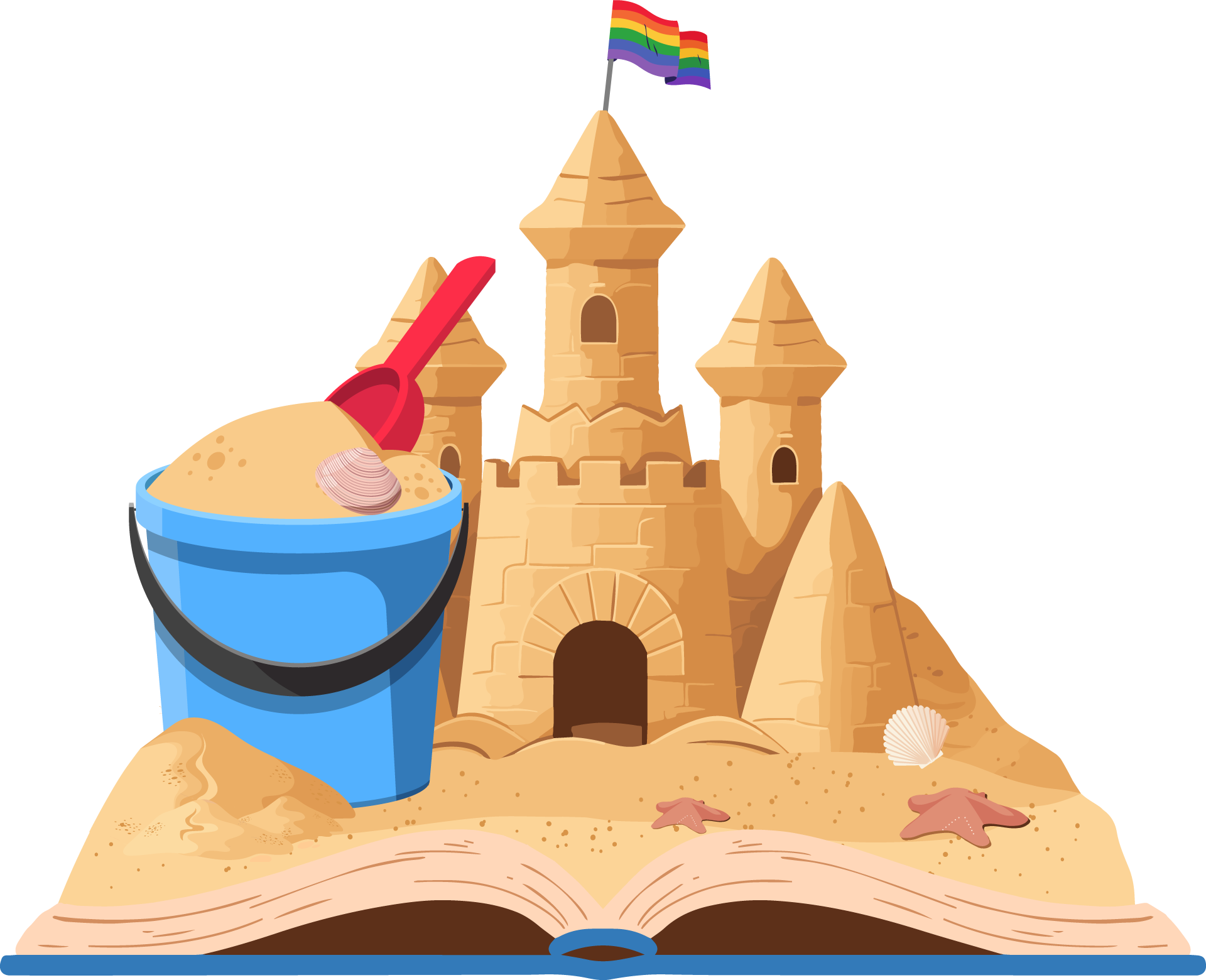
Picture Books
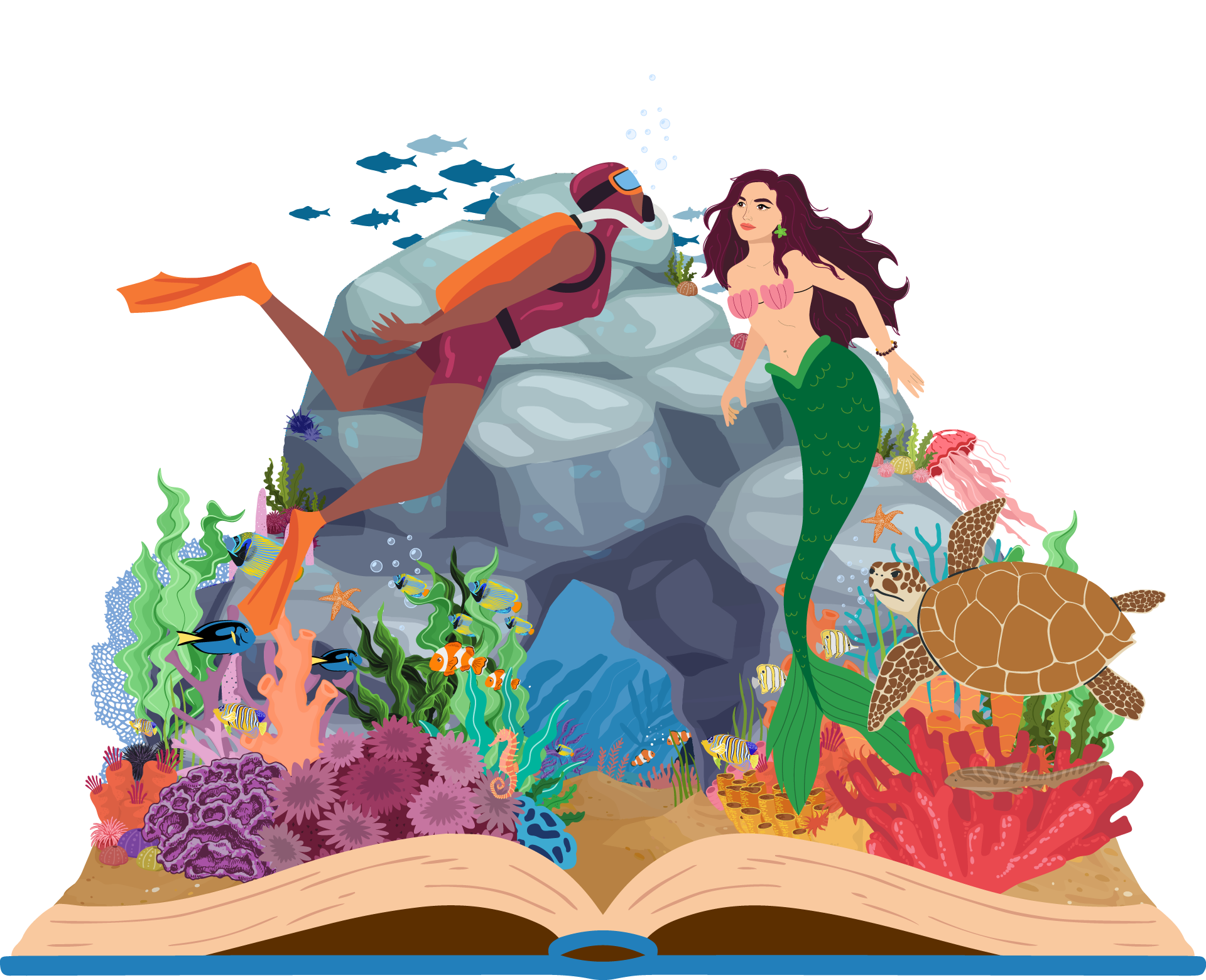
Intermediate School
Current Content Warnings
Ableism
Abuse
Antisemitism
Bullying
Character Death
Conversion Therapy
Discrimination
Disorder eating/eating disorders
Fatphobia
Gore
Homophobia
Islamophobia
Mental Illness
No warnings apply
Police violence/brutality
Racism
Religion
Self-harm
Sexual Activity
Sexual Violence
Substance use/abuse
Suicide
Transphobia
Violence
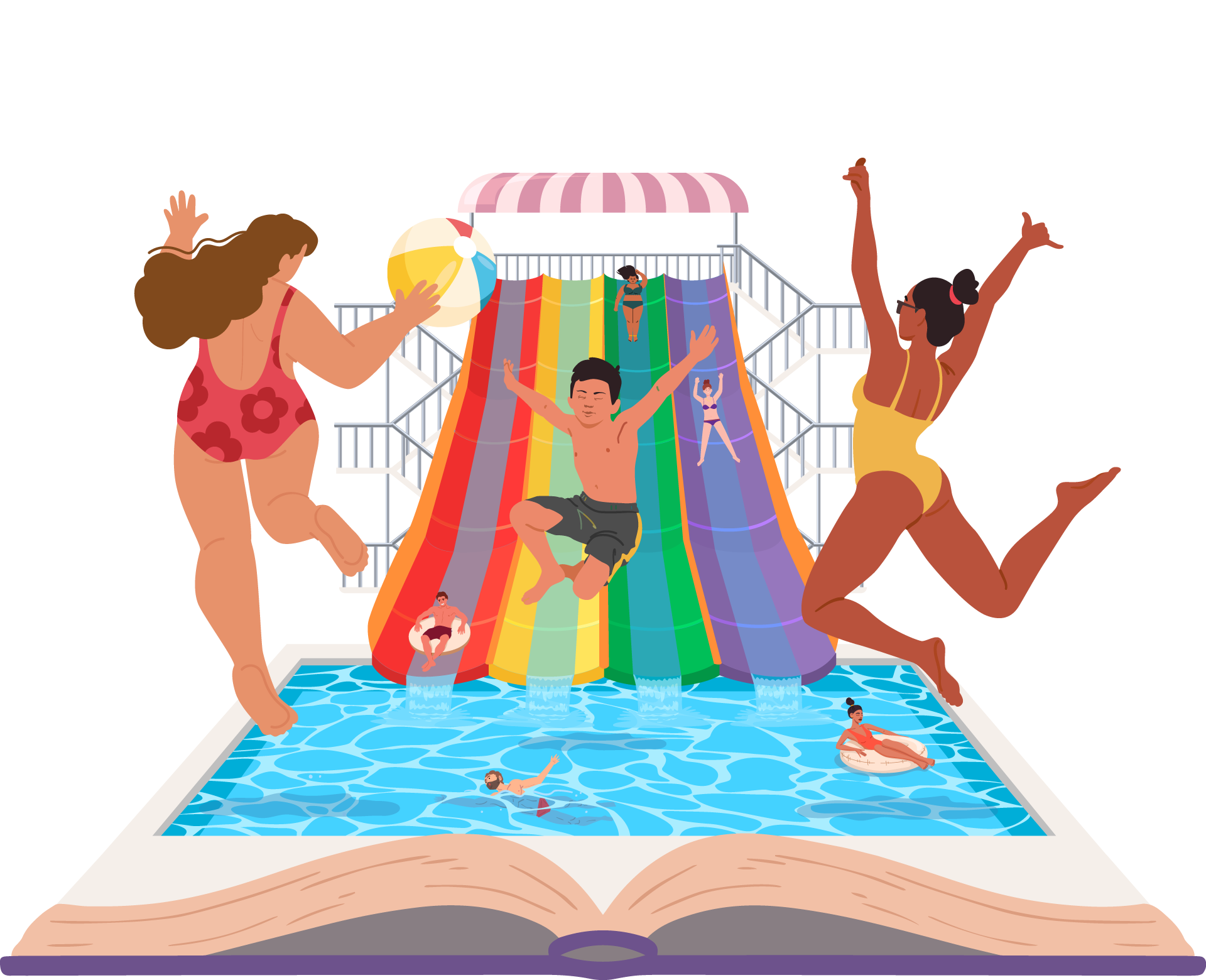
Primary School
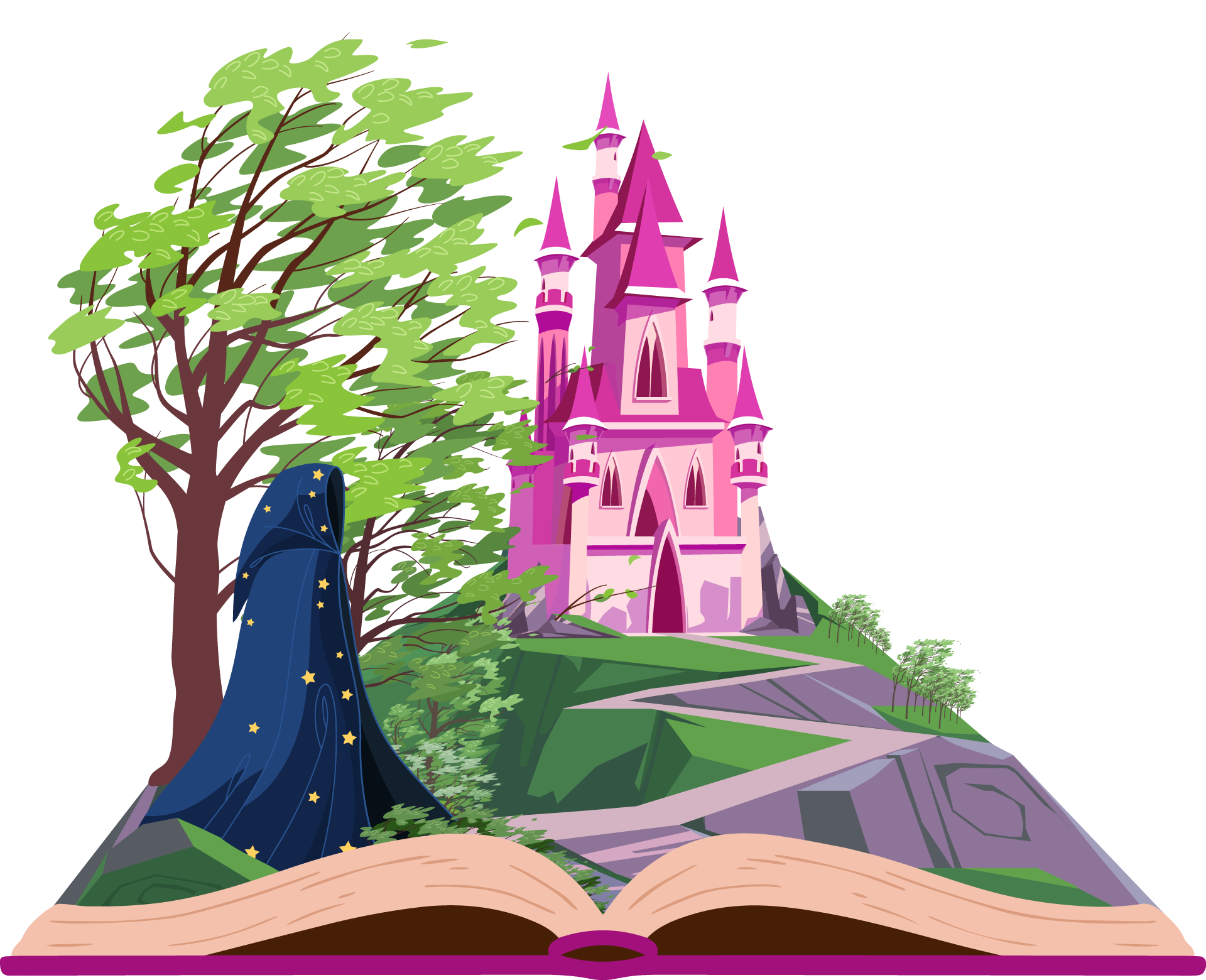
Young Adult
